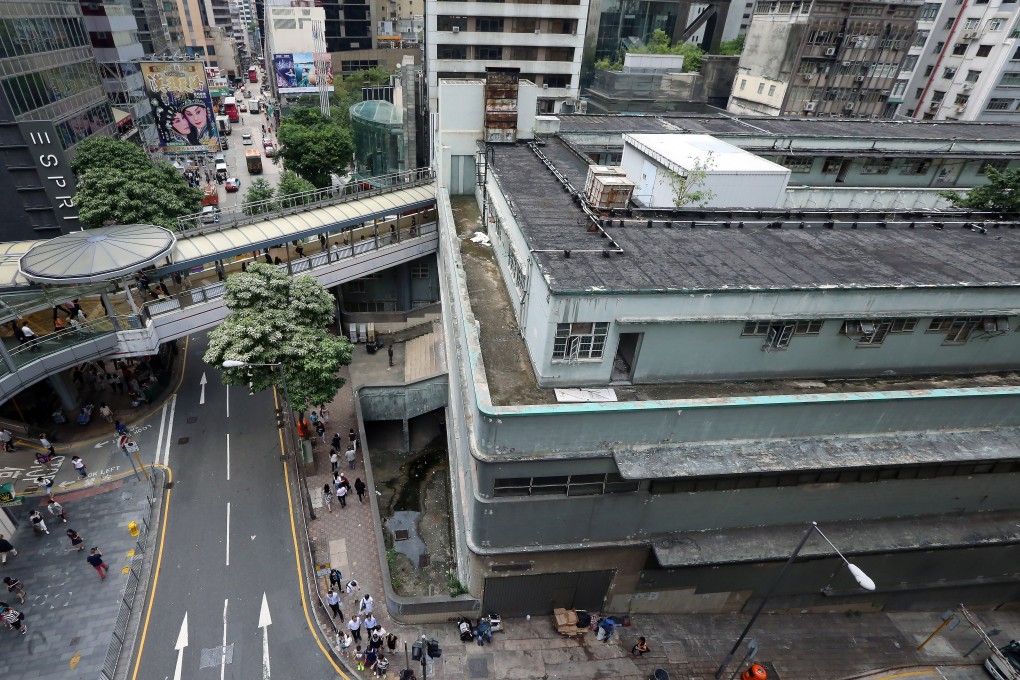Advertisement
Opinion | Hong Kong heritage: can Central Market escape the fate of becoming just another shopping mall?
- While commerce and responsible design are not necessarily incompatible, Central Market will be operated by the Urban Renewal Authority and a private developer
- It remains to be seen whether they will be able to resist the purely profit motive
Reading Time:3 minutes
Why you can trust SCMP
7

Twelve years after former chief executive Donald Tsang Yam-kuen announced that Central Market would be part of the “Conserving Central” initiative in his 2009 policy address, the project might finally see some progress with a 10-year revitalisation contract being awarded to Noble Vantage, a subsidiary of Chinachem Group.
While this is encouraging news, the realisation of the project is long overdue, having gone through cycles of design competition, public consultation, judicial review and the statutory approval process.
Similar to the nearby Tai Kwun and PMQ, Central Market is a former government property with deep historic significance dating back to the mid-19th century. The Bauhaus building – rebuilt in 1938 – is far from being statement architecture; rather, its merits lie in its historical significance as a bazaar in Hong Kong’s busiest district.
Advertisement
Unlike the two revitalisation projects mentioned above, Central Market will be implemented and operated by a consortium of the Urban Renewal Authority (URA) and a private developer instead of a charitable foundation or educational institution.
Only time will tell if such a delivery model will outperform the other two projects in execution and operation. But one thing we can be sure of: private developers enter any project for no other reason than to maximise returns on their investment, and the revenue streams are always rental yield and consumer spending.
Since changing its name from the Land Development Corporation 20 years ago, the URA has not necessarily had the best reputation and track record in building preservation or addressing local concerns, often being criticised for colluding with private developers to maximise profits and tearing apart the original fabric of the neighbourhood.
Advertisement
Select Voice
Choose your listening speed
Get through articles 2x faster
1.25x
250 WPM
Slow
Average
Fast
1.25x

